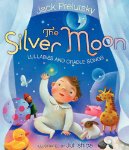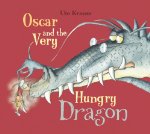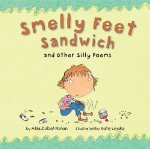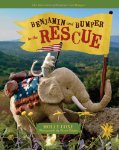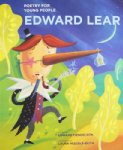Halloween is coming up in a few days and I have the perfect Halloween picture book to share with you. In 2011, David Biedrzycki released a book about a boy and his pet dragon. Me and my dragon became one of my favorite dragon picture books. Now the same little boy and his dragon are back, and this time the little boy is trying to celebrate Halloween, but he is finding it rather challenging.
David Biedrzycki
Picture Book
For ages 5 to 7
Charlesbridge, 2013, 978-1-58089-658-0
There is a boy out there, somewhere, who has a very
unusual pet. His pet is a dragon, and the boy and dragon “like all the same
things.” They love birthday parties, parades, and fireworks. There is one thing
that the dragon does not like. At all. The dragon does not like Halloween.
Actually, to be quite honest, the dragon is scared of Halloween. This is a big
shame because the boy loves Halloween with its costumes, trick-or-treating,
pumpkin carving, and candy eating.
The boy does his
best to convince the dragon that mummies, zombies, werewolves and other creepy
creatures are not real, but the dragon is still scared. Perhaps if the dragon
has his own costume he will realize that Halloween is fun.
It turns out
that finding the right costume for a dragon is not easy. A mummy costume uses
up too much toilet paper, a zombie costume is too scary, and a tutu is too
flammable. Who knew that celebrating Halloween could be so complicated.
In this second Me and My Dragon book, David Biedrzycki
brings back his wonderful boy and dragon duo with deliciously funny results. It
is a joy to see how the boy and his pet solve their problem and how their
Halloween celebration turns out. What makes this story so wonderful is that the
dragon is very much like a child in many ways; expect that he can fly and set
things on fire with one puff!






